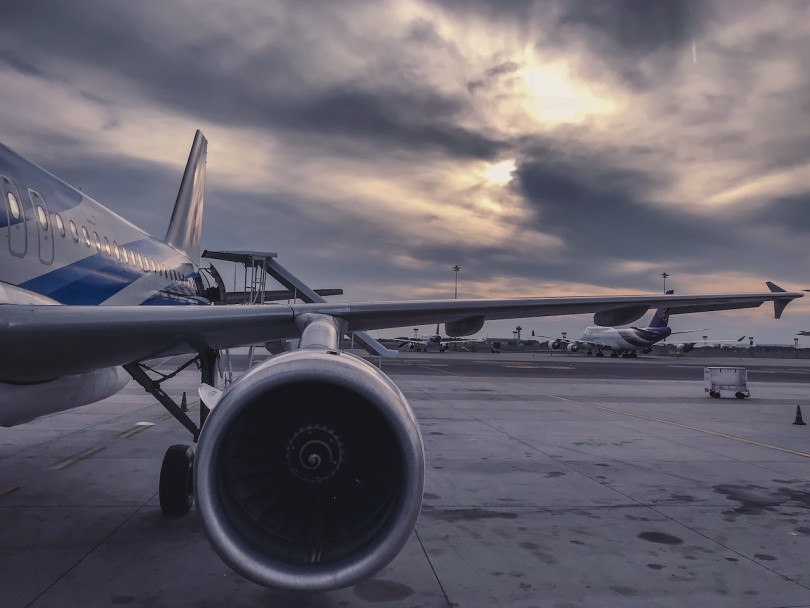How does Battery Energy Storage work?
19 Apr 24
Enviro ChatThe Global News Source for the World of Science and Chemicals
12 September 2022
Enviro Chat
The UAE has signalled its intention to become a regional and global leader in sustainable aviation fuel (SAF) by publishing a roadmap towards cleaning up the air travel industry. The white paper, called “Power-to-Liquids Roadmap: Fuelling the Aviation Energy Transition in the UAE”, is a joint venture between the Ministry of Energy and Infrastructure, the World Economic Forum (WEF) and the Clean Skies for Tomorrow group.
At the heart of the roadmap is Power-to-Liquids (PtL) technology, which uses renewable energy to electrolyse water and create green hydrogen, then combines that with gases extracted from the air using carbon capture usage and storage (CCUS) equipment. After finally being mixed with kerosene, the eco-friendly fuel is ready to power the planes of tomorrow.
Traditional SAF technologies rely on the development of biofuel, including that generated by renewable waste. However, the UAE’s arid climate means that cultivation of such fuel sources is unfeasible on a large scale. According to the white paper, biofuel will account for an absolute maximum of 7.61% of the country’s jet fuel demand over the next decade.
As a result, another solution must be found. PtL is a promising alternative, but its reliance on water in a region prone to drought creates a further challenge for the UAE to overcome. Fortunately, the scientific community within the country has already been working on a solution to this problem for many years, with offshore wind power already being deployed in trials of seawater electrolysis at the present time.
PtL fuels, also known as PtX, e-fuel, e-kerosene and synthetic fuels, rely on a mixture of green technologies to minimise their impact upon the environment as much as possible. First, renewable energy is used to split hydrogen into its component parts, with the hydrogen isolated for further use.
This gas is then synthesised and fractionated with the addition of carbon monoxide (which ideally will have been harvested from CCUS devices). The final stage in the process is mixing the gas with kerosene, at which point it will be thoroughly analysed for purity to ensure it is safe and effective to use in jet planes.
The most advanced SAF candidates currently in development include biofuels capable of reducing aviation emissions by up to 80% over their lifetime. However, PtLs have the potential to achieve even higher gains if the technology proves to be as successful as anticipated – and the UAE are in poll position to provide a blueprint for the rest of the world to follow.
Of course, other PtL projects are already underway in other parts of the globe. The world’s biggest aviation investor United Airlines has made substantial investments into SAFs and expect to reach price parity with traditional jet fuels inside a decade, while Airbus has also signed a deal with the Canadian SAF+ Consortium. But the UAE’s unique geographical location and climatic conditions could see it serve as an ideal guinea pig in developing solutions to the thornier issues of eco-friendly aviation.
DOWNLOAD PDF

2 Day Seminar Program
@ ArabLab+ 2024
24 & 25 September 2024
Your stay in Dubai
Labkit
Product News
Chemkit
Product News
Thinking about exhibiting at ARABLAB 2024? Watch our video to find out more.
Join the world’s leading organisations…
Join our mailing list and receive the ARABLAB newsletter and event updates.